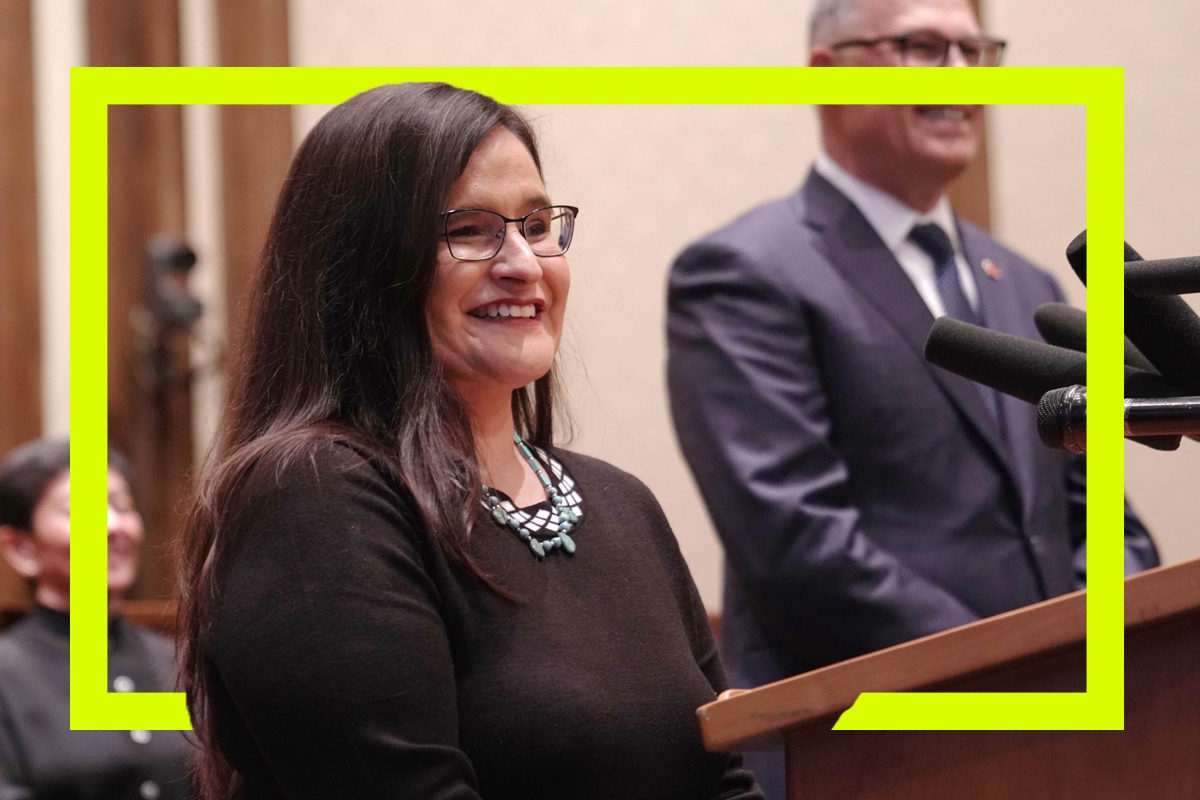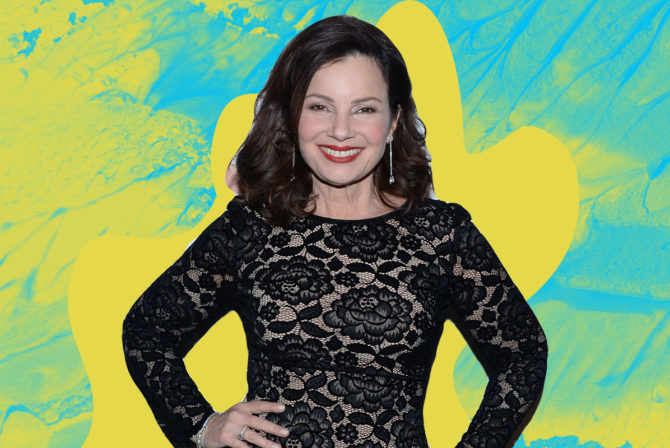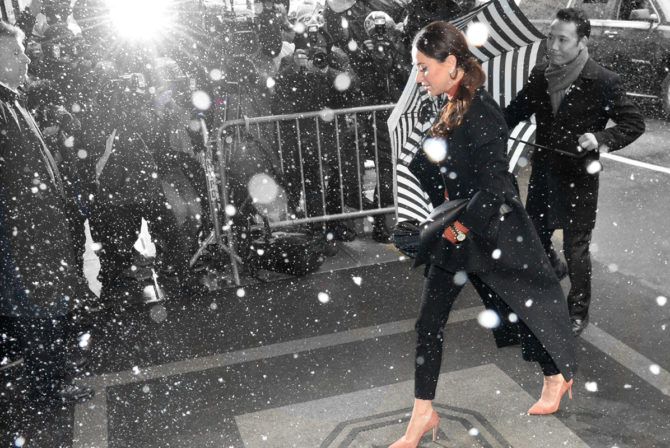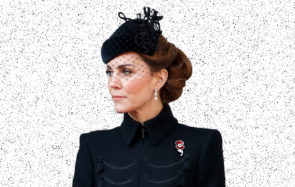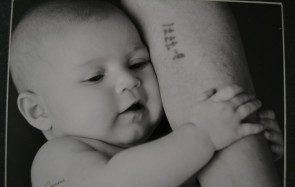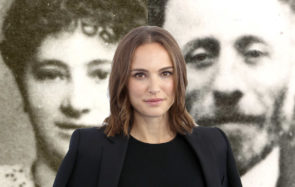When Justice Raquel Montoya-Lewiswas sworn in本月早些时候向华盛顿最高法院致敬,她成为曾在最高法院雇用的二次美洲原住民。
“This was never something I really planned on or expected to happen,” Montoya-Lewis tells Kveller via phone from her offices in Olympia, Washington.
当她第一次听说她的总督戴斯省长的预约时,她的反应是“难以置信”,她说。你看,蒙蒂亚 - 刘易斯从未打算成为律师或法官 - 即使她在法学院。“我的意图是,当我去法学院时,就是研究机构如何影响人们;法律是我看着作为一个具有令人难以置信的影响的机构,“她说。“我的目标是成为教授,而不是成为律师。”
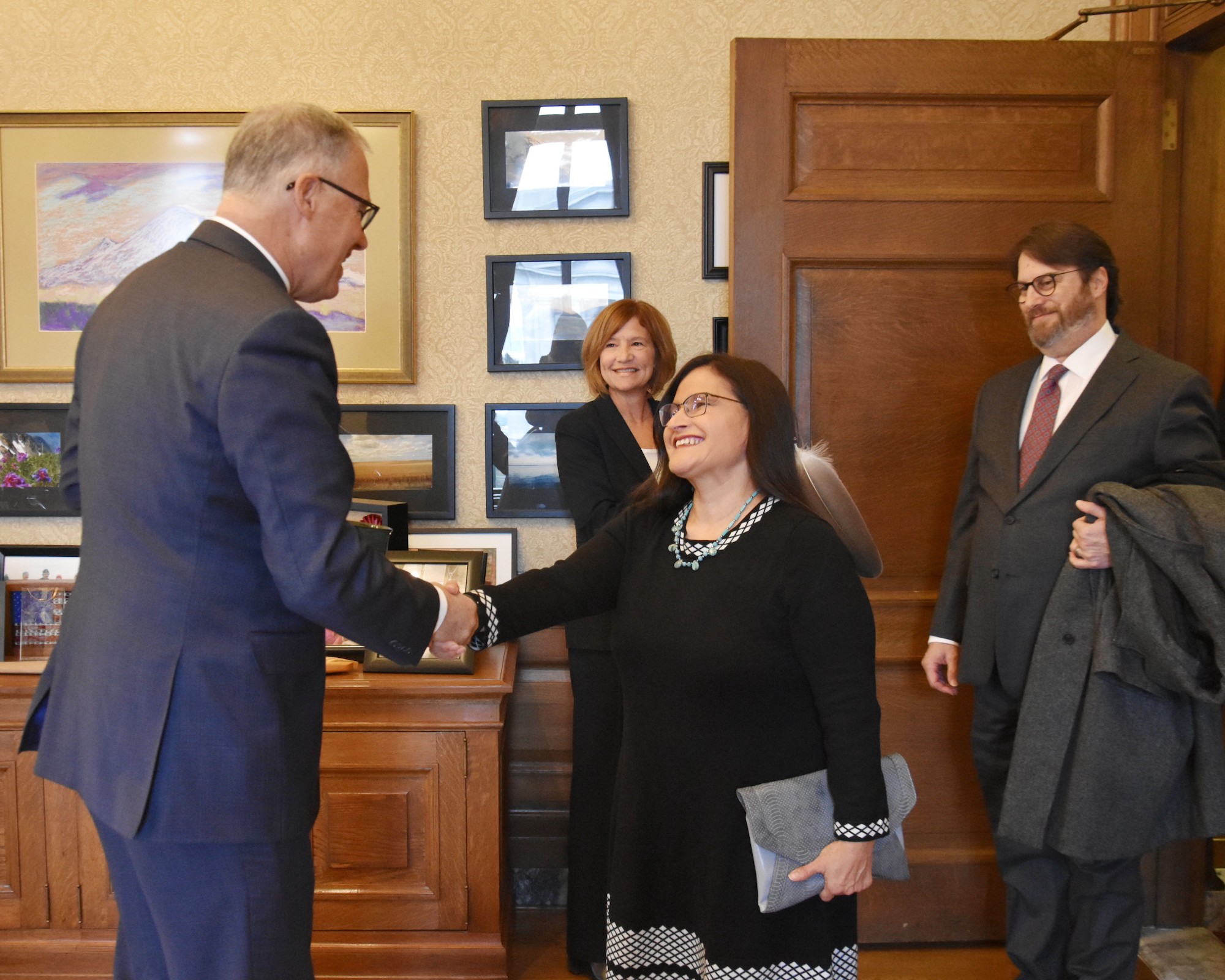
Gov. Jay Inslee meets with Judge Raquel Montoya-Lewis (Office of the Governor photo)
Montoya-Lewis was born in Spain in 1968 to a Native American father and an Australian Jewish mother. Growing up, the importance of education was instilled in her by her parents: “From both sides of my family [there is] a very heavy emphasis on the importance of education, which is something that has really been the key to my ability to do what I’ve done. To take my education seriously, and to be able to go to college and beyond that has absolutely been foundational to my success,” she says.
“我认为,[我]是一个不寻常的故事tory and also a very American story,” she explains. “My father grew up in the伊斯兰省的普埃布洛在新墨西哥州,并加入空军作为能够上大学的手段。他从来没有真正过分留在空军的计划,但这就是他最终做的事情。他喜欢军队。“
由于她父亲的职业生涯,这个家庭搬到了全部:西班牙,英国,德克萨斯州,南卡罗来纳州等。但他们总是回到新墨西哥州,在她的生命中为重要时代追溯到她的家庭预订。她的父亲在高中是一位初级的时候退休,他们永久地搬到了新墨西哥州。(他大约14年前去世了。)
搬到新墨西哥州“是我真正与我的祖国共同联系的机会,”她说。“成长,我与我母亲的家人的文化犹太人遗产有很多联系。”
蒙蒂亚 - 刘易斯认为她的犹太人和本地身份重叠 - 即持久性和恢复力,这是她希望传播给自己的孩子,14岁和17岁。“在我家庭的双方,政府,其他实体,真正的寻求擦掉我们,“她说。“我的父亲真的在我身上灌输了认识到我来自持续的人的重要性,幸运的人幸存下来,我的存在依赖于那些人的持久性和恢复力。这是我希望我传递给自己的孩子。我希望他们将其传递给他们的[儿童],因为这对我家人的犹太人和我家的原生的犹太人来说是一个非常重要的概念。“
正如它所发生的那样,非常非常少的美国原住民犹太人。“我已经见过三个其他人,”蒙蒂亚刘易斯说。“所以,我当然不能称之为一个社区。但是,我们确实存在,我认为这些社区对那些可怕的历史以及那些强大的生存历史有很大的共同之处。“
Her favorite Jewish tradition isdisplaying the menorah在光明节期间的窗户。“窗户中的烛台有很多力量,”她说。“我真的觉得这一点是过去的假期。之后可怕的事件in New York, I really felt it was really important to be visible in that way. I like the idea of having a presence that says that we’re still here.”
And her favorite Pubelo tradition is at “the essence of what it means to be Native,” as she calls it: a feast day. “On those days, many homes are open to anyone — not just tribal members — who can come in, and sit at what are typically very long tables set up in the biggest room of the house, and take a seat and eat with everyone else. It’s been my experience over my life when I’ve done that, that you are always sitting with people you don’t know, and often in houses where you don’t know the people who are feeding you. That tradition, to me, is kind of the essence of what it means to be Native: Our homes are open, our hearts are open and we feed people. The spirit of that is something that’s very important to me.”
Montoya-Lewis’s judicial career began with her own tribe. She graduated from University of Washington School of Law in 1992, then she went on to get a master’s degree in social work. After graduating, however, she quickly started her judicial career. “I was asked by my own tribe to hear one case, a very complex civil litigation case that the tribal court didn’t have a judge with my kind of legal training to hear it,” she recalls. “It was really advised by my father, as well as帕梅拉明辛克斯司法官, the justice I had clerked for right after law school and before I started practicing law, that I needed more time to be a lawyer before I became a judge. And that was good advice.”
“但我没有采取这种建议,”她补充道,笑。“无论如何,我选择了。”只有一个案例开始,那么另一个案例,最终,成为部落法官成为蒙蒂亚 - 刘易斯工作的一致部分。
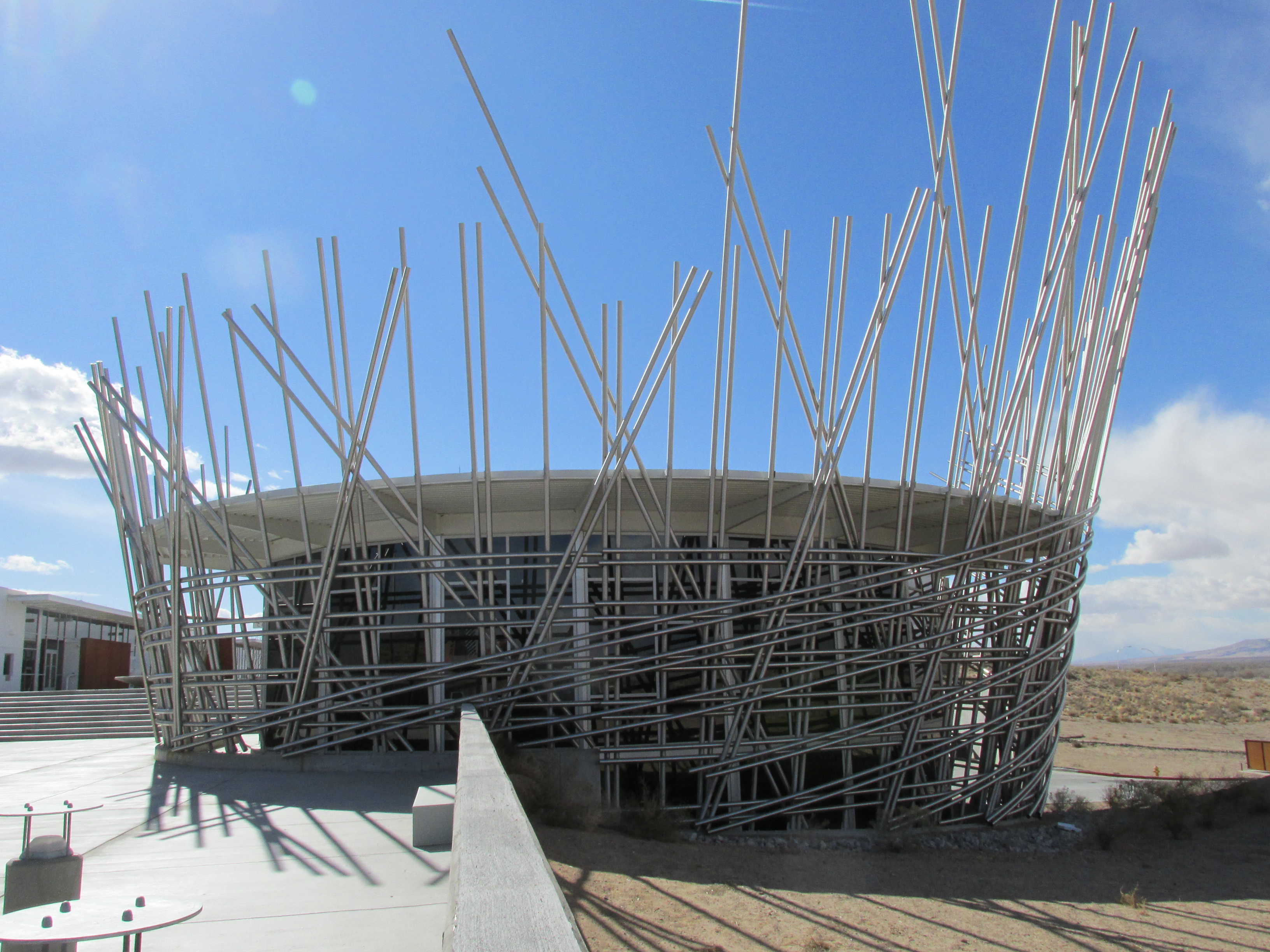
部落委员会大楼,伊斯兰省普韦布洛新墨西哥州(Wikimedia Commons.)
蒙蒂亚 - 刘易斯担任部落法官,也在新墨西哥大学教学。然后,她以华盛顿大学的教授最终结束。“我再次,并没有真正有意继续成为法官,”她说。但很快就足够了,在华盛顿,她曾担任Lummi国家,Nooksack印度部落和上部Skagit印度部落的首席法官,以及为Nisqually部落和西北地区法院制度的上诉法官。
It is rare for tribal judges to enter the国家和联邦法院制度。事实上,“这是完全是非典型的,”她说。
据蒙托伊刘易斯称,只有少数州法院法官,他是美洲原住民,并“也许是另一个”,他们为部落工作,然后搬到了国家法院制度。在联邦法院制度中,蒙蒂亚 - 刘易斯命名为她所知道的其他两人,她知道目前工作:Diane Humetewa, a U.S. District Judge who is currently in Arizona, andAnne McKeig,明尼苏达州的正义,他拥有本地遗产,目前正在明尼苏达州最高法院。(Michael Burrage, a member of the Choctaw nation, served as a federal judge from 1994 to 2001.)
“然后就是我,”蒙蒂亚刘易斯说。
“When I applied for appointment toSuperior Court- 这是华盛顿州的试验水平,我们做了民事审判和刑事重罪试验,以及其他事情 - 真的省略了我可以在众议院担任部落和部落法院的职业生涯中努力向州法院方面,“她说。(Montoya-Lewis served on the Whatcom County Superior Court from 2015 until she started on Washington’s Supreme Court earlier this month.) “It was not something I ever expected to happen, because I think it really took some courage and vision on the part of Governor Inslee, who made [my] initial appointment to Superior Court, to imagine that not only that I could do it, but that the community I was going to work with would recognize I was capable of doing that work.”
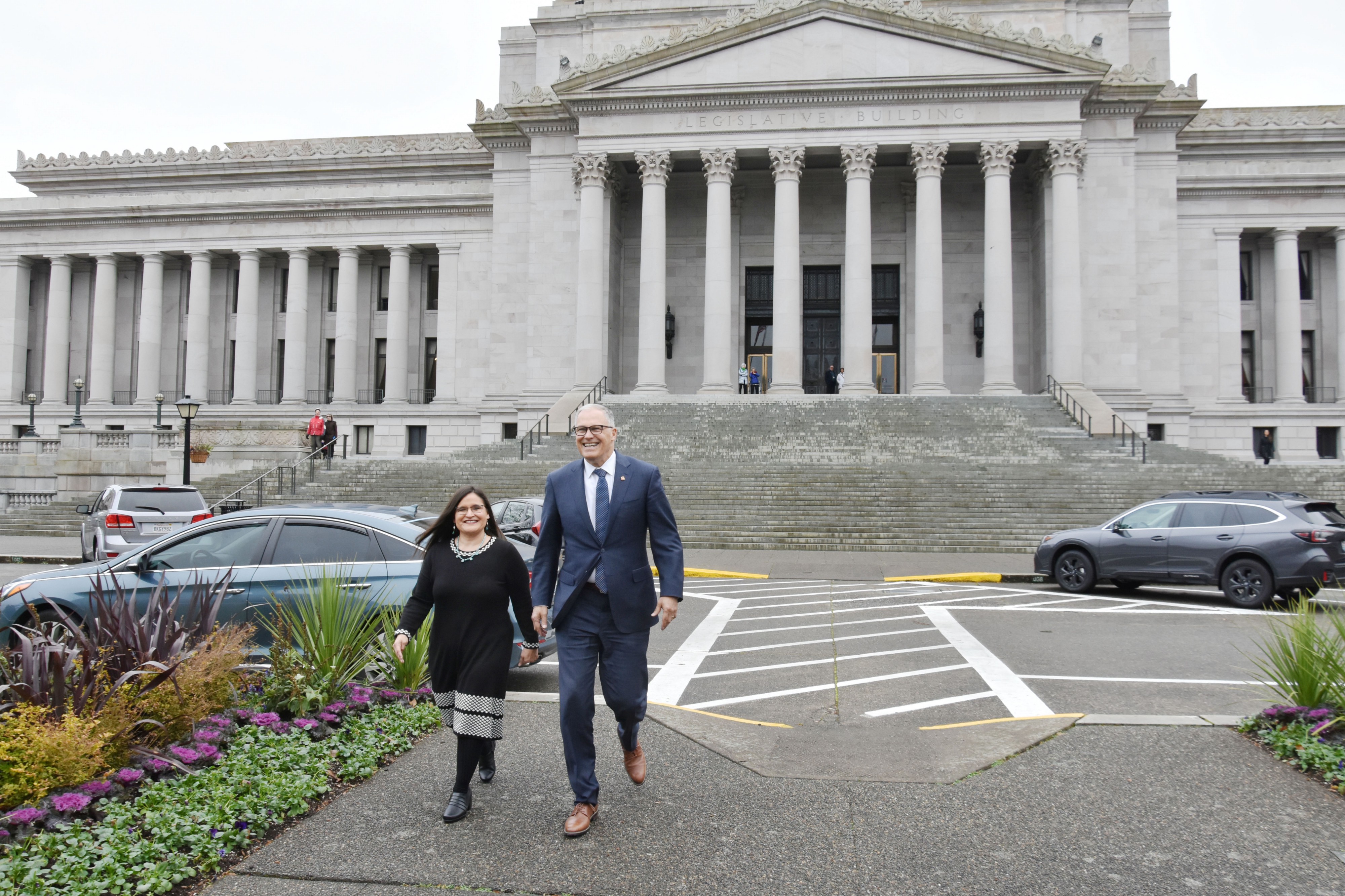
Gov. Jay Inslee and Judge Raquel Montoya-Lewis walk together from the Capitol Building to the Temple of Justice. (Office of the Governor photo)
Montoya-Lewis had no role models when she moved from the tribal court system to the state courts. But now, her career is paving the way for others to follow.
“当我寻找自己的角色模型和我想模拟我的职业的人之后,它肯定会拍摄一些想象力和一些信仰的跃飞,”她说。“我希望我正在做的是一个例子,但我也认为我实际上是积极指导对这条道路感兴趣的人,他们认为没有办法。”
Montoya-Lewis敏锐地意识到司法系统中许多原住民面临的斗争。虽然原生法官很少,但美洲原住民“不成比例地代表刑事司法系统”,she said.在她的新角色中,她继续承诺对所有人的司法。
“Before you called, I was downstairs by the Supreme Court courtroom, and there was a classroom of third or fourth graders, getting a lesson on the way the court system works,” Montoya-Lewis says. “It gives me hope that those kids will see themselves as having any courthouse in their own communities as being a place where they belong. What gives me hope is that there are many doors that are opening that have been closed.”
标题图像:Judge Raquel Montoya-Lewis answers questions from the press after Gov. Jay Inslee announced her appointment to the Washington State Supreme Court. (Office of the Governor photo)
